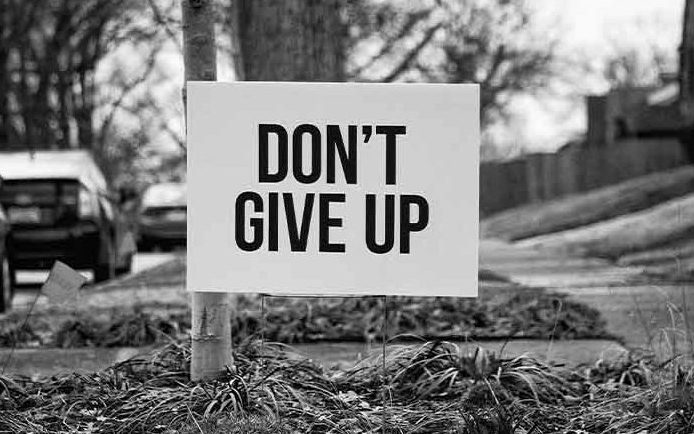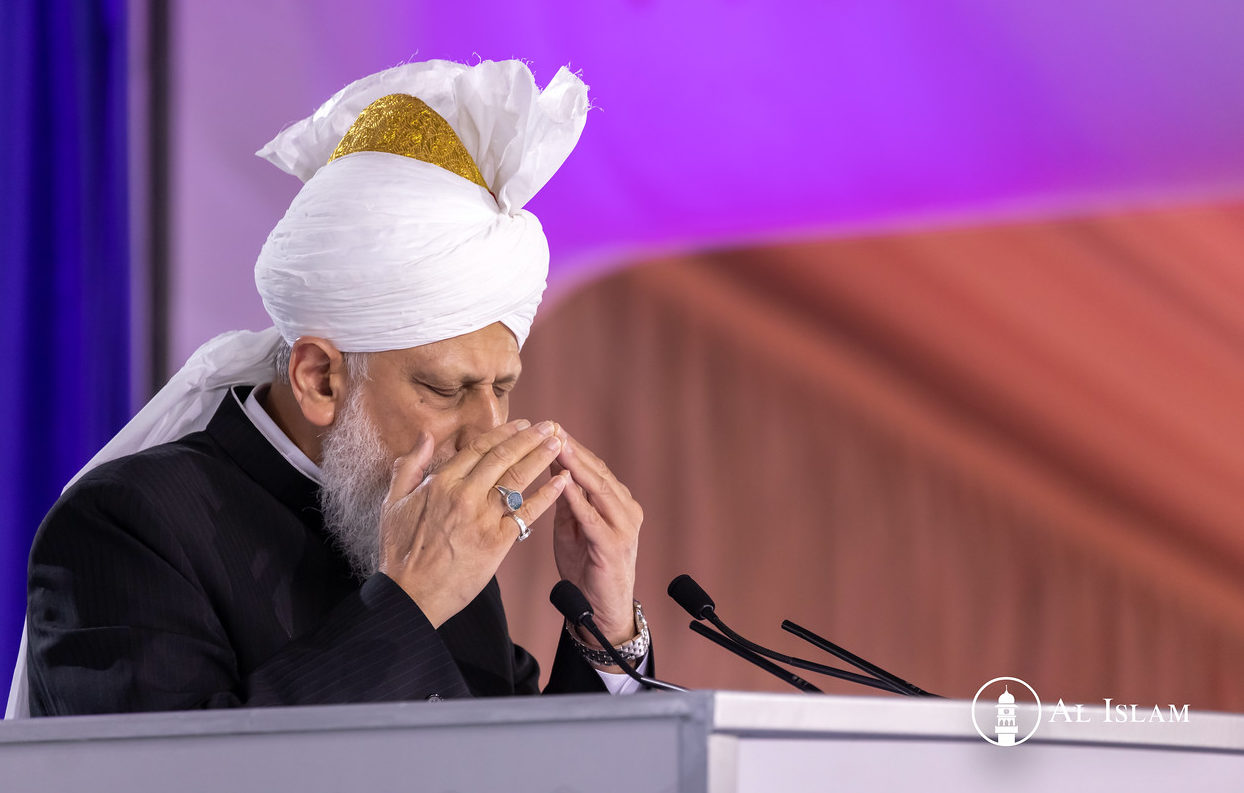Suicide is a social and psychological phenomenon that is present in every culture. Every year, around 800,000 people take their own life. However, suicide is preventable with correct and timely approach.
SAMAR HAFEEZ, BENGALURU
JULY 25, 2020
Suicide prevention is one of the most challenging issues mental health professionals are facing in today’s world. Suicide is an act of taking one’s life voluntarily and intentionally. It is a complex, multifaceted and a global phenomenon. Over the years, suicide rates in India have increased substantially. As of 2016, suicide was the most common cause of death among both age groups of 15-29 years and 15-39 years[1]. However, it should be known that suicide occurs throughout lifespan.
The stigma and taboo around mental illness is pervasive, making it difficult for the professionals to penetrate into the deep-rooted and profound reasons that lead to suicide. The problem of suicide has not been adequately tackled due to prejudice, lack of openness and awareness about the phenomenon.
Risk factors for suicide
Risk factors are those characteristics or conditions that make a person more prone to suicide. Prolonged untreated mental illnesses; especially major depression, substance use disorders, bipolar disorder, borderline personality disorder, and major life crisis such as divorce, death of loved one, separation, domestic violence, unemployment, relationship break-up with severe psychological distress and anguish, poor community or spiritual support, unjust treatment, discriminations, bullying (cyber or in-person), exposures to suicides through media or at home, antisocial attitudes, high impulsivity, low frustration tolerance, academic failures, overwhelming environmental and societal pressures, chronic pain or physical illness etc. are among major risk factors of suicide.
Children too, are at high risk for suicide, if they are chronically abused, neglected or have lost a guardian or a parent. Currently, the pandemic situation is causing relentless pressure and constraints on people with existing mental illness. It is also igniting new mental health problems, especially among young people around the globe.
Men are more likely to die by suicide than women. One key element to this is lack of communication, wherein, men tend to bottle up thoughts and feelings more than women, as many cultures expect men to be “strong, no matter what” and not admit that they are struggling. Also, men are more violent and have strong intent in completing the act of suicide.
Warning signs:
Verbal cues: The person might directly talk about wanting to die or kill himself/herself, make comments about hopelessness and lack of purpose or goal in life, express feelings of helplessness or having no reason to live, or talk about being trapped or being a burden to others.
Behavioural cues: This might include an abrupt change in the person’s behaviour compared to his/her early ways of functioning. For example, initiation or increase in alcohol or drug abuse, sudden changes in appearance or personality, poor self-hygiene, withdrawal from family, friends and other social activities, sleeping too much or too little, absenteeism, display of rage, reckless behaviour, preoccupation with death in letters, drawings or scribbles, performing last rights or packing up all prized possessions, and drastic mood fluctuations.
Situational cues: Examine if the person has had any failure in life (recent or past) which might include loss of job, loss of a loved one, domestic quarrels, relationship issues or chronic physical ailment.
When these clues are not picked up or at least not seriously heeded, suicide can occur. Family history of suicide is a good indicator as well.
Prevention and control
Suicide is preventable with correct and timely approach. If someone is considering suicide, take them seriously. Some of the important and quick measures that we can take to prevent suicide attempts are as follows.
Empathetic listening: If someone you know has a mental illness or talks about taking his or her life, listen to their stories empathetically. Be supportive and understanding and do not judge or give unnecessary advice. Instead, ask them to seek mental health support immediately.
Early identification and intervention: Early detection of mental illness like depression, substance abuse disorders or acute emotional agony can go a long way in handling the challenge.
Eliminate or reduce access to lethal substances: Assessing the suicidal person’s contemplated way of ending his/her life will help you remove all that might be dangerous from the surrounding.Remove every object that can possibly be life threatening to the individual (especially the ones who has had a history of suicide attempt).
Stay Connected: Associate with the person.Invite him/her for walks or outings or accompany him/her to the psychologist’s office. Do not let the person who is actively suicidal to stay alone for a longer period. In addition, try enrolling the person in religious, spiritual or community institutions. High levels of spirituality and community support is known to decrease suicidality in a person.
Mental health awareness programmes in schools and colleges: Educating students on mental and emotional health is absolutely imperative. Unfortunately, very few institutions harbour such policies or interventions. The famous adage ‘prevention is better than cure’ applies to mental health as well. Early education on identifying symptoms of common mental illnesses, emotional regulation methods, frustration tolerance skills, problem and conflict resolution skills, stress and anxiety management techniques etc. will help build resilient citizens of future.
Training of non-specialized health care workers in early identification and assessment of suicidal patients: Often, people with mental illness first go to the family GP for help. Many doctors would not be particularly specialized in tackling mental health issues. Once they recognize the absence of any physical illness, it is always better for them to refer a suicidal patient to a specialized practitioner or agency such as a psychiatrist, psychologist or a suicide prevention centre.
Offer Hope: Sparking hope in a suicidal person is a miracle in itself. Help the person to see that present problems or distress is not endless. Give them hope that they are not alone. Reassure them that treatment is available and workable; this can strengthen them, despite the discouraging and disheartening scenarios around them.
Suicide is a social and psychological phenomenon that is present in every culture. Alarming increase in suicide rates should be given high priority. As Muslims, we are the people raised for the good of mankind. Hence, it is our responsibility to make efforts in this cause and work in collaboration to spread mental health awareness, and suicide prevention before it is too late.
The author is a clinical psychologist and a certified holistic health coach and is a regular contributor for Light of Islam.
References:
[1] Global burden of disease study 1990-2016, The Lancet public health journal












0 Comments